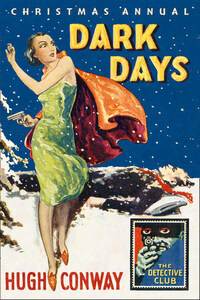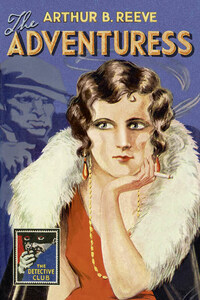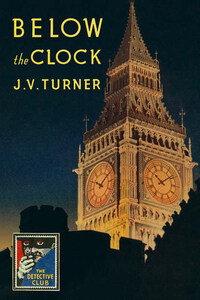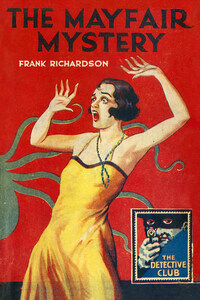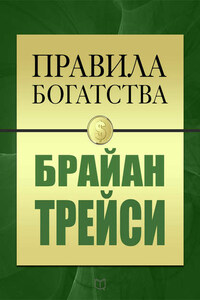Published by COLLINS CRIME CLUB
An imprint of HarperCollinsPublishers Ltd
1 London Bridge Street
London SE1 9GF
www.harpercollins.co.uk
Dark Days first published in J.W. Arrowsmith’s Christmas Annual 1884
Published by The Detective Story Club for Wm Collins Sons & Co. Ltd 1930
Much Darker Days first published by Longmans, Green & Co. 1884
Introduction © David Brawn 2016
Cover design © HarperCollinsPublishers Ltd 1930, 2016
A catalogue copy of this book is available from the British Library.
This novel is entirely a work of fiction. The names, characters and incidents portrayed in it are the work of the author’s imagination. Any resemblance to actual persons, living or dead, events or localities is entirely coincidental.
All rights reserved under International and Pan-American Copyright Conventions. By payment of the required fees, you have been granted the non-exclusive, non-transferable right to access and read the text of this e-book on screen. No part of this text may be reproduced, transmitted, down-loaded, decompiled, reverse engineered, or stored in or introduced into any information storage and retrieval system, in any form or by any means, whether electronic or mechanical, now known or hereinafter invented, without the express written permission of HarperCollins.
Source ISBN: 9780008137748
Ebook Edition © October 2016 ISBN: 9780008137755
Version: 2016-08-25
‘HUGH CONWAY has that first essential of the popular novelist—strong narrative power. His story is the first consideration always. Not that he does not possess other attributes to success: graphic description, which carries with it—not necessarily, but certainly in the case of Hugh Conway—atmosphere. He can, too, draw a most convincing character, as the present book will show. We look to Dark Days for a story that will hold our mature minds just as the fireside tales of our grandfathers held us as children—and we get it!’
So began the Editor’s introduction to Collins’ Detective Story Club edition of Dark Days, republished in May 1930 almost 50 years after the story had been devoured by a reading public in love with the work of Hugh Conway. With respect to the Editor, however, ‘narrative power’, ‘graphic description’ and ‘atmosphere’ might have been key for the popular novelist, but they were not by 1930 the most essential ingredients of a successful detective novel. This was the era in which readers craved cerebral ingenuity over dramatic characterisation and saw the emergence of what has since been described (perhaps unfairly) as the ‘humdrum’ school of crime writers. Dark Days was a late Victorian detective story, a novelette with its roots in early Gothic tales and the sensation novels of the 1860s, and was published in a format that owed its existence to the early work of Charles Dickens: the Christmas Annual.
Cheap reading matter had been around for decades in the form of ‘chap books’, unbound leaflets sold by street vendors, usually only eight pages in length, which were so short they led to stories being serialised over multiple issues. By the 1840s, with more widespread literacy and the invention of rotary printing presses which allowed for fast production, the mass distribution of these stories among the working classes took off with the ‘penny bloods’, weekly publications churned out by versatile writers catering for every taste. Illustrated with a black-and-white engraving on the first page, these serialised adventures rapidly turned from swashbuckling tales of pirates and highwaymen to more outlandish and thrilling themes—and increasingly towards stories of crime and murder. One of the most notorious and most popular run of ‘bloods’ narrated the exploits of the murderous Sweeney Todd, the demon barber of Fleet Street, whose victims ended up in meat-pies: The String of Pearls began publication in 1846 and ran for 18 weeks, inspiring many similar sensationalised crime stories that unashamedly blurred the boundaries of true crime and heady fiction, some of which ran for months on end.
